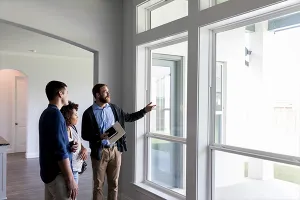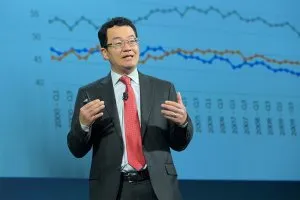While recent economic and market indicators remain mixed, commercial real estate continued to slow down in July. Interest rates have risen at the fastest pace in decades, although inflation dropped to 3.2%. In the meantime, the banks have already reported tighter standards and weaker demand for all commercial real estate loan categories, according to the Federal Reserve’s July Senior Loan Officer Opinion Survey. With the recent U.S. credit downgrade, getting a CRE loan could become even more challenging.
The most recent CRE data suggest that more CRE spaces become available for lease. Apart from the retail sector, vacancy rates have increased compared to a year ago in the office, multifamily, and industrial sectors. While net absorption in the office sector has remained negative for almost a year, the number of additional available spaces for lease continues to grow. Multifamily rental costs are rising more slowly with the completion of the record-high number of apartment buildings under construction. While the industrial sector has been booming for years due to e-commerce, it may stabilize as net absorption moves closer to the pre-pandemic level. However, the industrial rental cost is more than 7% higher than a year ago. Finally, although e-commerce accounts for 15% of total sales, the retail sector remains strong. The retail vacancy rate remains lower than the previous year and the pre-pandemic level.
Here is how each commercial real estate sector performed in July of 2023.
The record-high number of delivered units has further increased the availability of space in the multifamily sector. During the past 12 months ending in July, there has been a 27% increase in delivered units compared to the preceding year. As a result, vacancy rates have seen a 1.3% rise compared to the same period last year. Nevertheless, absorption has set on an upward trend in July, recording a 7% increase compared to a year ago. The multifamily sector is expected to remain strong compared to the other CRE sectors, owing to favorable demographics, a strong job market, and low housing affordability due to higher mortgage rates.
Even with the conclusion of the pandemic, people are not rushing to return to offices. In the meantime, the amount of office space delivered to the market remains above the average level of the last ten years. These factors, along with remote technology advancements and flexible workspaces, contributed to 58 million more vacant than occupied square feet of office space during the 12 months ending in July. As a result, the office vacancy rate rose to a record high of 13.5%. The increasing number of offices under construction and further technological progression suggest upcoming challenges as the office sector adapts to the changing working arrangements and needs.
While the industrial sector of commercial real estate has slowed down from its record high last year, it returned to the pre-pandemic levels. Net absorption is nearly 40% lower than the previous year. The additional industrial spaces entered the market, along with reduced demand, have increased the industrial vacancy rate to 5.4% and moderated rent growth to 7.2%. Nevertheless, rental costs for industrial spaces continued to escalate faster than in the pre-pandemic era.
Due to the emergence of e-commerce, the "traditional" retail sector has been challenged over the past decade, with the pandemic decreasing activity even further. However, the retail sector remained more robust post than pre-pandemic. The vacancy rate has been unchanged for the last four quarters at 4.2%, the lowest among all CRE sectors. With inflation easing further and interest rates to stabilize later this year, the demand for retail space is expected to remain robust.
Hotel demand has continued to surge, resulting in heightened occupancy rates and an uptick in room rates. The hospitality sector has notably rebounded, experiencing an additional boost in hotel revenue that COVID-19 restrictions and quarantine protocols had previously impacted. The revenue per available room (RevPAR) is now more than 13% higher than its pre-pandemic level. As both business and leisure travel regain momentum, the demand for hospitality spaces will maintain its upward trajectory throughout the year in 2023.







